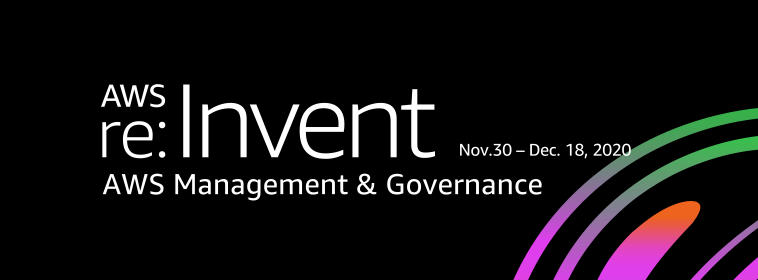AWS Cloud Operations & Migrations Blog
Category: Thought Leadership
Using delegated admin for AWS Config operations and aggregation
You can use AWS Organizations to centrally manage and govern multiple accounts within your AWS organization. The service includes a management account, which has permissions to create accounts and manage and govern underlying infrastructure. The management account has wide permissions and access to accounts within the organization, so it should only be used for absolutely […]
Reinventing automated operations (Part I)
This is the first in a two-part series that covers lessons learned at AWS Managed Services (AMS) as we help customers and partners achieve operational excellence on AWS. To create a secure and consistent cloud operating model, you need both operational experience and AWS skills. In my conversations with customers, it is common for experienced […]
Decision-making framework for configuration with AWS AppConfig
In this blog post, we show you how to separate configuration from code, explain the differences between dynamic and static configuration, and help you determine which values to use in your dynamic configuration. We also share processes to keep bloat down in your application configuration. Finally, we introduce you to AWS AppConfig, which allows you […]
Continuous permissions rightsizing to ensure least privileges in AWS using CloudKnox and AWS Config
This blog post was contributed by Kanishk Mahajan, AWS and Maya Neelakandhan, CloudKnox As you migrate your workloads to the cloud or operate your existing workloads in the cloud it would be ideal if every application was deployed with the exact permissions that it required. In practice, however, the effort required to determine the precise […]
Best practices for creating and managing sandbox accounts in AWS
Organizations use multiple environments, each with different security and compliance controls, as part of their deployment pipeline. Following the principle of least privilege, production environments have the most restrictive security and compliance controls. They tightly limit who can access the environment and which actions each user (or principal) can perform. Development and test environments also […]
Standardize with speed using AWS Service Catalog stack import
If you’ve used AWS Service Catalog, you probably know how it helps organizations increase standardization, encourage compliance, and improve speed and agility. This is done by enabling central administrators to publish and manage a standard set of compliant products that users can consume in a self-service manner. Customers often start by creating an AWS CloudFormation-based product in […]
DevSecOps for auto healing PCI DSS 3.2.1 violations in AWS using custom AWS Config conformance packs, AWS Systems Manager and AWS CodePipeline
If you migrate your workloads to the cloud to modernize your applications or secure infrastructure and operations, you’ll find these migrations are increasingly performed with a DevOps methodology that incorporates continuous development, integration, and testing. It is always a best practice to incorporate security as code in your DevOps workflows to uncover security issues when […]
AWS Management and Governance at Re:Invent 2020
AWS re:Invent is always an exciting time of the year to engage with our customers to learn, and share information about our services and features. Due to the current pandemic, re:Invent is pivoting to a free and virtual format presented across 3 weeks from November 30 to December 18 this year. Yes, you read that […]
How to optimize assessment of cloud services
As my colleague Ilya Epshteyn introduced in his blog titled “How financial institutions can approve AWS services for highly confidential data,” common across the financial services industry is a formal assessment process for cloud services. These assessment processes vary in depth and breadth, striving to determine which cloud services will be best suited to fulfill […]







